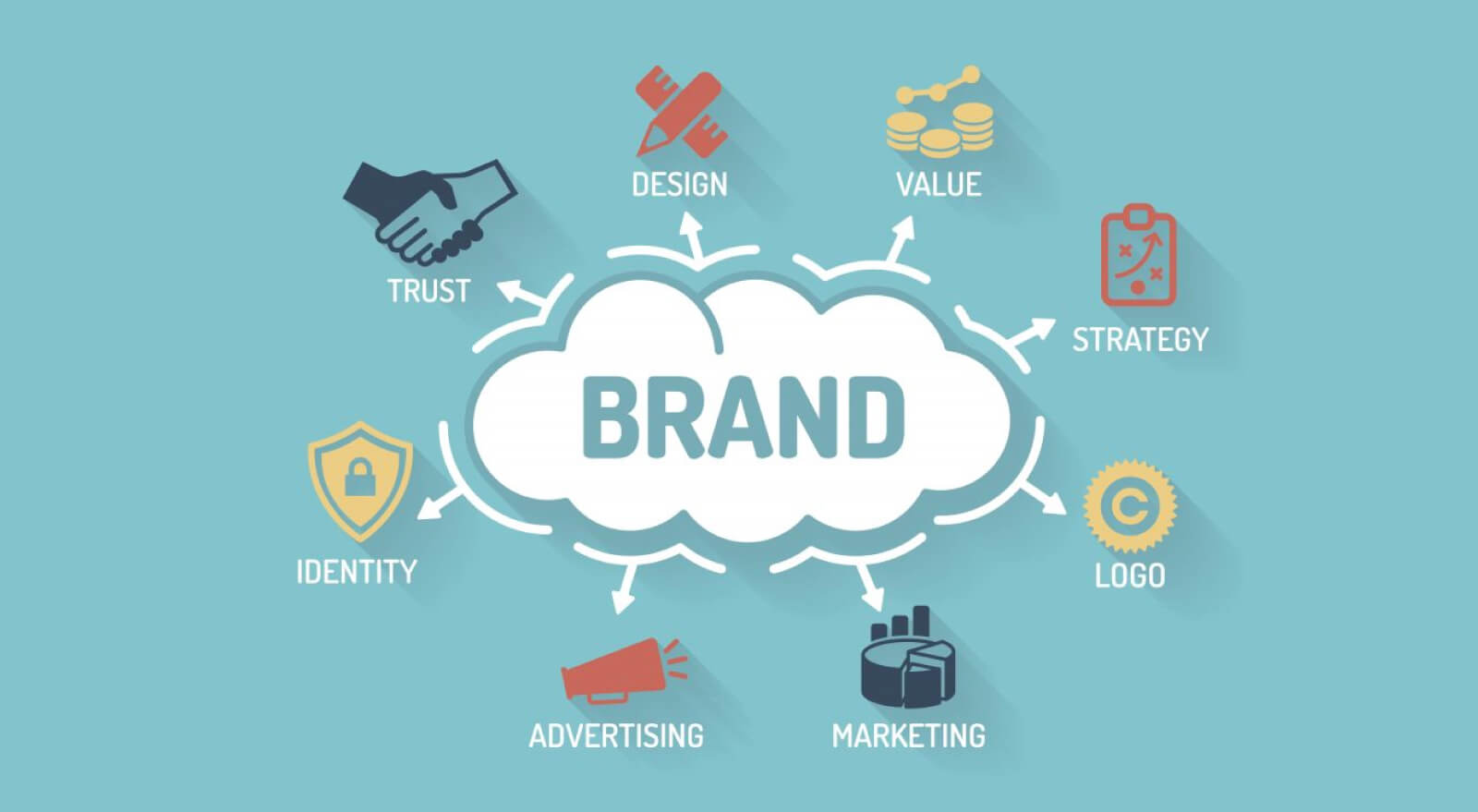
What is Brand Identity?
Brand identity refers to the collection of visual, verbal, and emotional elements that represent a brand and distinguish it from competitors. It includes the tangible aspects of a brand, such as its logo, colors, typography, and design, as well as the intangible aspects, like the brand’s tone of voice, values, and overall personality. Brand identity is the way a brand communicates its essence and how it wants to be perceived by its audience.
Why is Brand Identity Important?
- Differentiation: A well-defined brand identity helps differentiate your brand from competitors by highlighting its unique attributes and values. It creates a distinct image that sets your brand apart in a crowded marketplace.
- Recognition and Recall: Consistent and memorable brand identity elements, such as logos and color schemes, enhance brand recognition and recall. Consumers are more likely to remember and choose a brand that has a strong and recognizable identity.
- Building Trust and Credibility: A cohesive brand identity fosters trust and credibility with consumers. When a brand’s identity is consistent and professional, it conveys reliability and quality, which builds consumer confidence.
- Emotional Connection: Brand identity helps create an emotional connection with consumers by reflecting the brand’s values and personality. This emotional connection can lead to increased loyalty and advocacy.
- Consistency Across Touchpoints: A strong brand identity ensures consistency across all brand touchpoints, including marketing materials, websites, packaging, and customer interactions. Consistency reinforces the brand’s message and enhances its overall impact.
Key Components of Brand Identity
- Logo: The logo is the visual symbol of your brand and serves as its primary identifier. It should be distinctive, memorable, and representative of your brand’s values and personality.
- Color Palette: The color palette used in your brand identity should evoke the desired emotions and align with your brand’s personality. Colors play a significant role in brand recognition and can influence consumer perceptions.
- Typography: The choice of fonts and typography reflects the brand’s tone and character. Consistent typography across all brand materials ensures a cohesive and professional appearance.
- Imagery and Graphics: The use of images, illustrations, and graphics should align with your brand’s visual style and messaging. Imagery helps convey the brand’s personality and enhances its visual appeal.
- Brand Voice and Tone: The brand’s voice and tone of communication reflect its personality and values. Whether formal, casual, friendly, or authoritative, the tone should be consistent across all written and verbal communications.
- Tagline or Slogan: A tagline or slogan encapsulates the brand’s core message and value proposition in a memorable and succinct way. It should capture the essence of the brand and resonate with the target audience.
- Brand Story: The brand story is the narrative that communicates the brand’s history, mission, and values. A compelling brand story helps create an emotional connection with consumers and reinforces the brand’s identity.
- Packaging and Design: The design and packaging of products should reflect the brand’s identity and enhance its visual appeal. Consistent design elements contribute to brand recognition and consumer perception.
Best Practices for Developing a Strong Brand Identity
- Conduct Research and Analysis: Start by conducting research to understand your target audience, competitors, and industry trends. Analyze what works well in your market and identify opportunities for differentiation.
- Define Your Brand’s Core Values and Mission: Clearly articulate your brand’s core values, mission, and vision. These foundational elements should guide all aspects of your brand identity and ensure alignment with your brand’s purpose.
- Create a Brand Identity Guide: Develop a comprehensive brand identity guide that outlines all visual and verbal elements of your brand. This guide should include logo usage, color palettes, typography, imagery, and tone of voice. It serves as a reference for maintaining consistency across all touchpoints.
- Design a Memorable Logo: Invest in professional logo design to create a distinctive and memorable symbol for your brand. Ensure that the logo reflects your brand’s personality and is versatile for various applications.
- Choose an Appropriate Color Palette: Select a color palette that aligns with your brand’s personality and evokes the desired emotions. Use colors consistently across all brand materials to reinforce recognition.
- Select Suitable Typography: Choose fonts and typography that reflect your brand’s tone and character. Ensure that the typography is legible and consistent across all communication channels.
- Develop a Consistent Brand Voice: Define your brand’s voice and tone to ensure consistent communication across all written and verbal interactions. This includes marketing materials, social media, customer service, and internal communications.
- Craft a Compelling Brand Story: Develop a brand story that communicates your brand’s history, mission, and values. Share this story across various platforms to create an emotional connection with your audience.
- Maintain Consistency: Consistency is key to building a strong brand identity. Ensure that all brand materials, communications, and interactions align with your established brand identity and guidelines.
- Monitor and Evolve: Regularly assess your brand identity’s effectiveness and make adjustments as needed. Stay responsive to changes in the market and consumer preferences, and be prepared to evolve your brand identity to remain relevant.
Conclusion
A strong brand identity is essential for establishing a unique and memorable presence in today’s competitive market.
By defining and consistently applying key components such as your logo, color palette, typography, and brand voice, you can build a powerful brand identity that resonates with your audience and drives business success.
Investing time and resources into developing a compelling brand identity ensures that your brand stands out, builds trust, and creates lasting connections with consumers.

